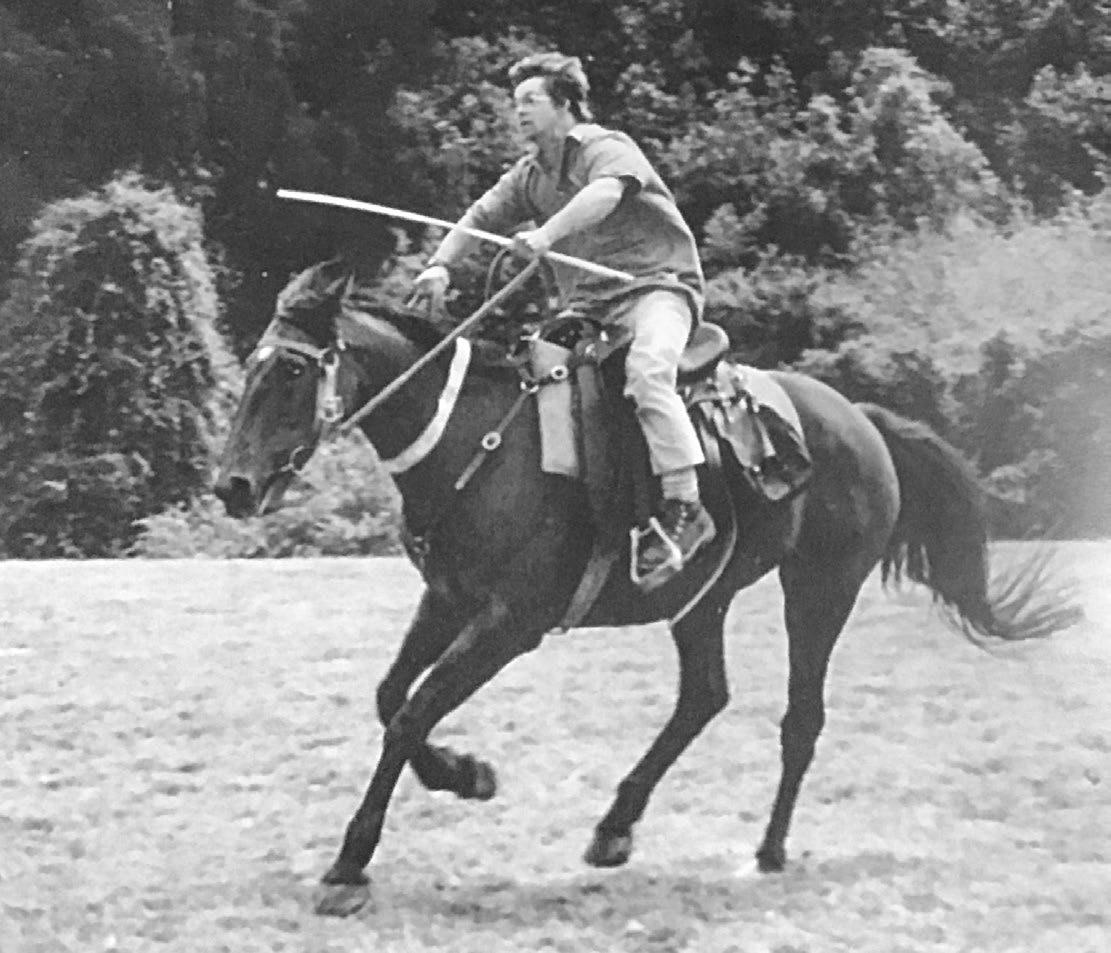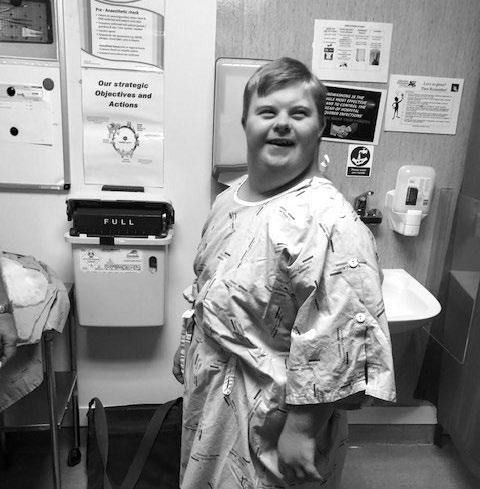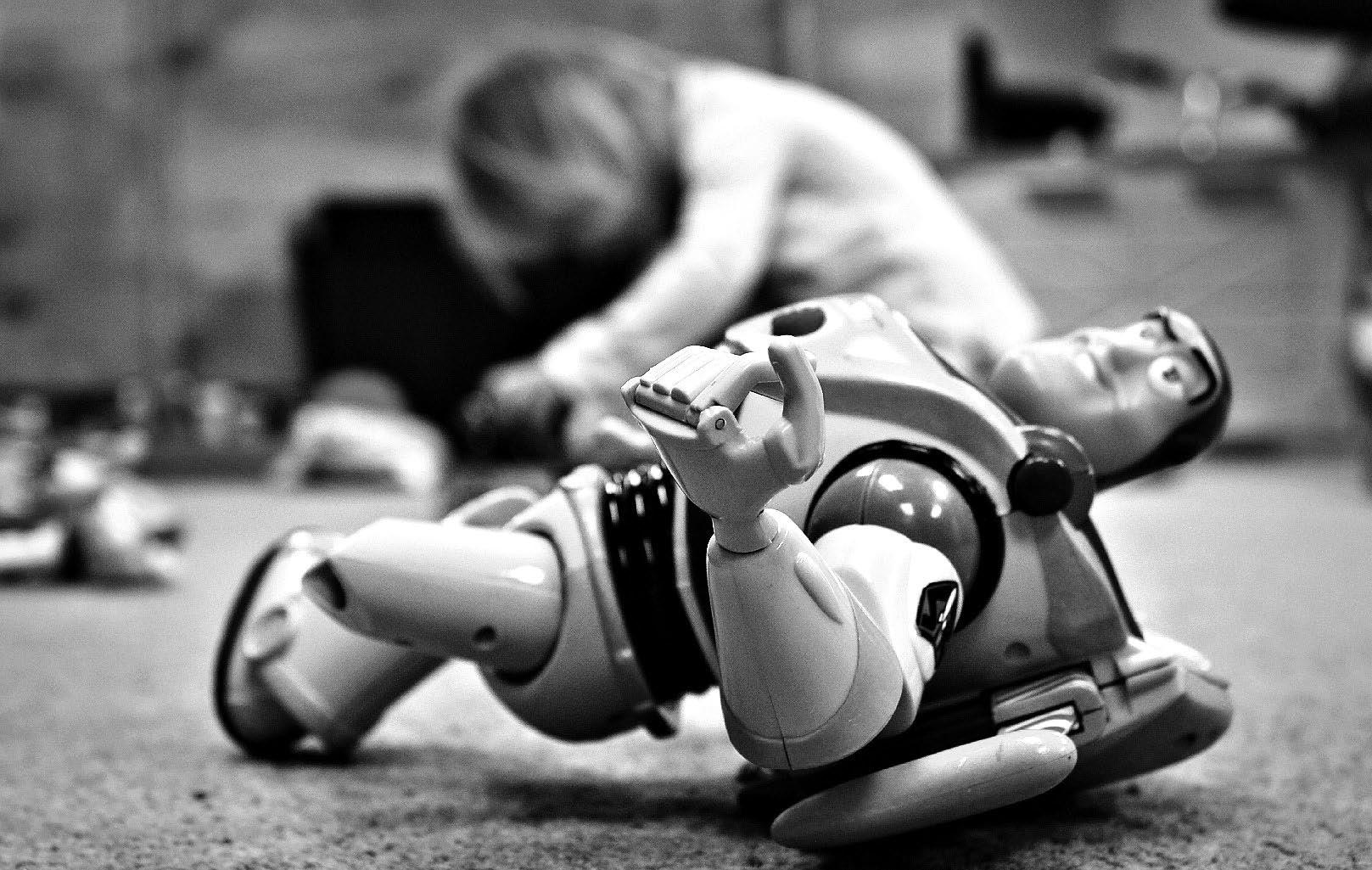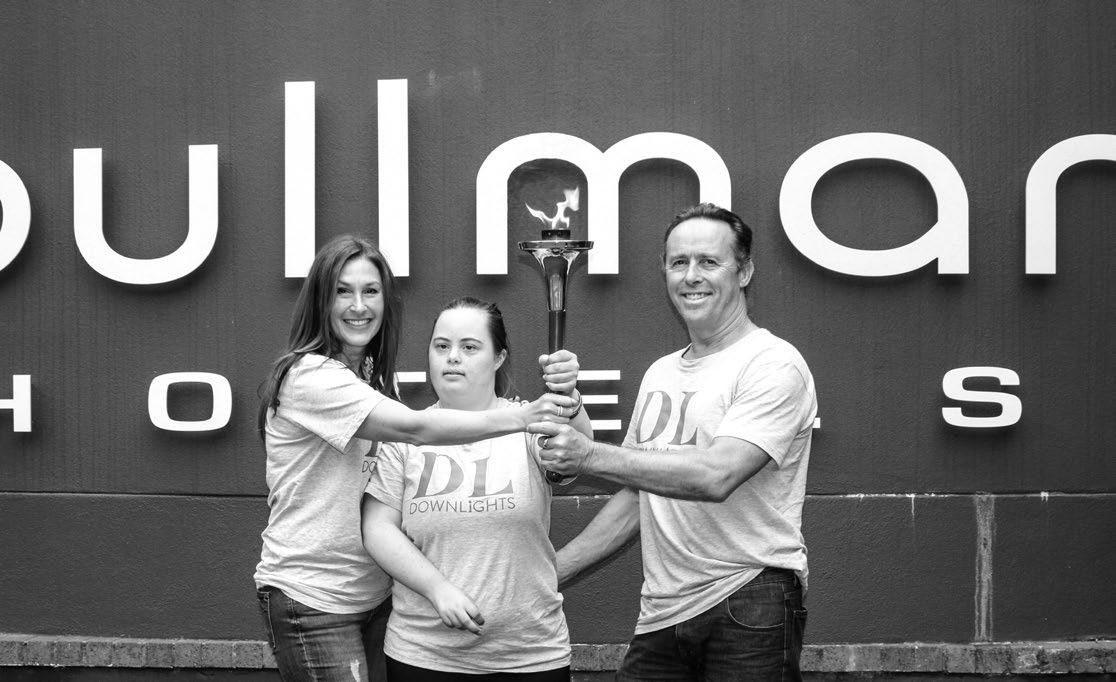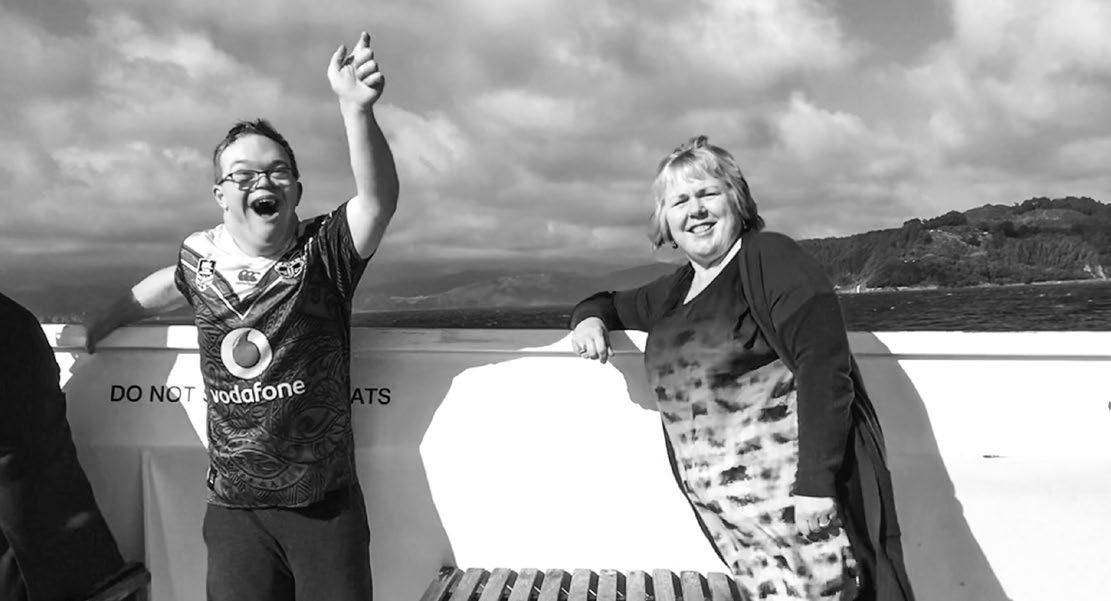Learning crumb by crumb In her second article on education, Margi Leech focuses on taking tiny steps in the earliest stages of teaching your child. Most parents and teachers have discovered that what they do for children with learning difficulties works for all children. This article does not intend to be the final note on learning, or your child, but rather an introduction to approaches and strategies that have had success internationally. Keep in mind that not all children learn the same way. You may need to try different approaches. What does work, is taking tiny steps. How do you eat a chocolate cake? The whole lot at once? No, piece by piece. Children with Down syndrome learn ‘crumb by crumb’. What is learning? There are many theorists who have written about this over the years, but simply put: A memory journey of putting together ideas and making connections between them to solve problems. When does learning begin? Before we are born. We can hear, feel, be aware of emotions and see light. We arrive knowing about communication. What about ‘learning’? “All children can flourish and enjoy learning when the environment is safe with the right supports and framework or pathway to structure and organize their thinking,” says Neil MacKay in Total Teaching (SEN Books). Our children are NOT learning disabled. They are not an educational disaster. Expect that your child will learn. Our children are not sentenced to a life of being ‘taken care of’, being excluded and not making a contribution to our community. Be careful, because their education will reflect whatever values you hold. You will have to sort these out before you enter the child care, early childhood centre, and school settings.
Learning crumb by crumb
And, you will have to educate/remind all those who you meet to uphold your values if they don’t already have them. Be strong! We know that there is a huge range of abilities of the entire population, same too with the Down syndrome population. The impact of other challenges should not be overlooked. Some of our children will have aspects of Autism, dyslexia, dyspraxia, ADHD, OCD, memory and organisational difficulties. Explore these differences so that you are aware of them and can support your child. A great book to help you is: The Parent’s Guide to Specific Learning Difficulties by Veronica Bidwell. There are copies to borrow in the IHC library. The best thing you can do for all your children of all ages is to build up their ‘working memory’. Working memory is necessary for all learning. It is the memory that is seen when your mum is trying to call your name but calls everyone else’s first! This is now being researched and found to be very significant. The challenges to using our working memory are: • • • • • •
Distractions and noise Too many requirements Having to think about the activity AND concentrate on instructions Instructions in sequence Too many words to listen to Too much to look at
Best tips: Listen, look, do, know! Touch it, see it, hear it, got it! •
•
• •
•
Write down your instructions on a sticky note and point to them while explaining what to do. Give them something to DO. We learn best by doing. It’s known as kinaesthetic learning. Give time to think Repeat it exactly, immediately and later until confident. (Our Emily took 3 weeks to learn somethings.) Whakarongo, Titiro! Mahia kia mau!
33




